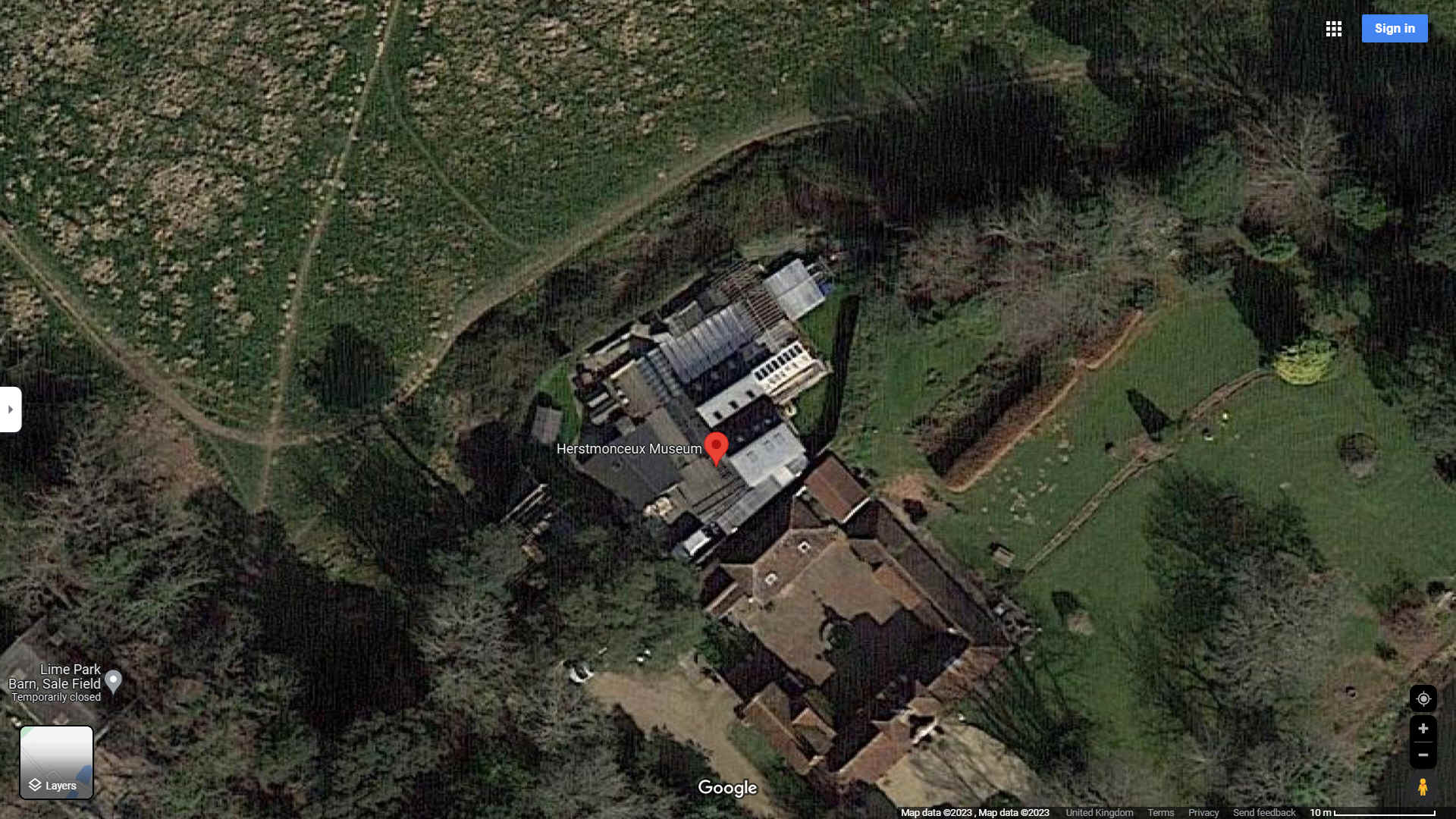|
ACCESS, PARKING, SECURITY STAFF |
DEV. PHASE 3 |
|||||||||||||||||||||||||||||||||||||||||||||||||||||||||||||||||||||||||||||||||||||||
|
EXHIBITS FRIENDS HERITAGE HOME LIME PARK OPEN DAYS PARKING TECHNOLOGY UNESCO |
||||||||||||||||||||||||||||||||||||||||||||||||||||||||||||||||||||||||||||||||||||||||
|
It was either fated, or the most incredible set of coincidences, that brought the Generating Station's savoir together. For sure, without him, the proud new owner in 1981, had it in mind to demolish what they saw as a liability. That was until he was running short of change, and wanted to secure the skills of his best decorator & handyman.
PHASE THREE: 2-5 YEARS >> 2030-2035
- Car parking and improvements to access routes - Permanent security, maintenance staff and facilities - Replacement/displacement options/premises - Proposal for or inclusion on tentative list
As the Museum develops into a tourist attraction, an increase in vehicle and foot traffic is to be expected. This may strain the existing parking provisions and, especially on rainy days, when visitors parking in the village and cricket field car parks will get muddy, walking along the footpaths and rights of way, as they stand.
Even operating a shuttle service, and/or allowing coaches to disembark passengers ahead of the gate leading into Lime Park from the North-West entrance, from the A271, access difficulties are anticipated. For this reason, it could be beneficial, especially as the site heads to World Heritage status, to improve both access and parking facilities, with a dedicated car park, and improvements to the existing rights of way.
The value of the Museum buildings and exhibited attractions, is sure to require more in terms of security, than at present operated, reliant as it is on volunteer participation. Canteen and other Health & Safety requirements may need to be upgraded.
In preparation for Phase 4, and the complete emptying of the Generating Buildings for restoration works, the extant exhibits, some of which are intrinsically linked to the workshops or garages, will need to be re-housed. All options will need to be extinguished. This is likely to mean construction of dedicated alternative buildings, convenient to the generating complex, such as to be accessible to visitors. Though, sympathetic to the Electricity Works in design and materials.
These provisions completed, Phase 4 might proceed. Subject to suitable fireproofing of any new timber buildings, and the installation of cooling devices, sprinkler systems, and renewable energy generation, to include charging facilities for Electric Vehicles, by way of climate cooling, and sustainability in a Circular Economy.
EMINENTLY RECOVERABLE - An aerial view of Herstmonceux Museum in 2022, showing the public footpaths north of the generating buildings. Many of which are unregistered, but well trodden for over forty years, from our records.
Historic buildings need uses, for their owners/occupiers to be able to transcend, from trading to grading.
ACHIEVING THE IMPOSSIBLE
What at first seems like an impossible goal, might, if taken in smaller phased stages, become a reality. The ultimate objective is to restore the buildings to as near as possible, the original state in 1936, before electricity generation and battery power storage ceased. For that, we'd need a Business Plan, sufficiently well thought out, to be achievable, as a long term aim.
This in turn might attract limited investment from the UK and UNESCO, and even philanthropic contributions. We are already indebted to our volunteers and trustees, for giving freely of their time.
It is likely to be many years before the ultimate aim of displacing any existing uses, to be able to completely empty the buildings, so as to be able to reinstate a National (or similar) gas engine, and any machinery and associated equipment. For example, there was ice making equipment and an ice well on the site, that together with the export of vegetable and electricity, ice would have been another product for export. Allow something 10-15 years to achieve. But this may be more, when it comes to UNESCO standards.
The suggested 'Phases' will be developed, hopefully, with the cooperation of local and national government, and suggestions therefrom.
CHAPTERS
CHARACTERS
There were many other contributors. If you know of any information that may help us complete this story, please get in touch.
|
||||||||||||||||||||||||||||||||||||||||||||||||||||||||||||||||||||||||||||||||||||||||
|
|
||||||||||||||||||||||||||||||||||||||||||||||||||||||||||||||||||||||||||||||||||||||||
|
EXHIBITS FRIENDS HERITAGE HOME LIME PARK OPEN DAYS PARKING TECHNOLOGY UNESCO
Copyright © 2023 Lime Park Heritage Trust. A not for profit organisation with charitable objects.
|
||||||||||||||||||||||||||||||||||||||||||||||||||||||||||||||||||||||||||||||||||||||||





